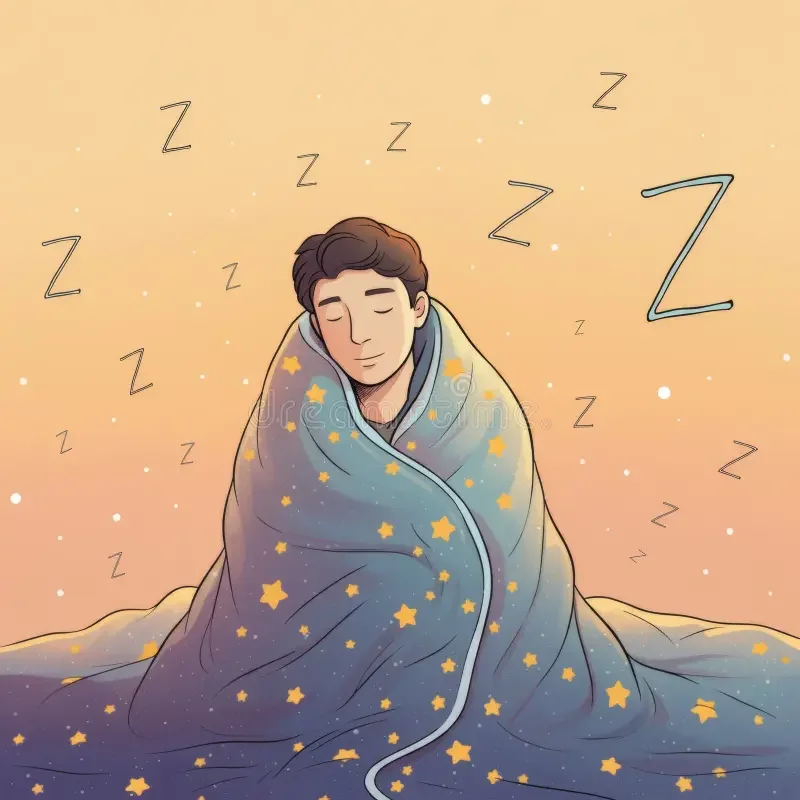Acupuncture & Massage Therapy for Emotional Health
Acupuncture & Massage Therapy for Pain Relief

10 Tips for a Restful Night’s Sleep: Blending Chinese Medicine, Sleep Science, and Mindful Habits
Good sleep is more than just closing your eyes—it’s a vital cornerstone of health. In Traditional Chinese Medicine (TCM), sleep is when Yin energy nourishes the body and the mind’s Shen (spirit) is restored. Modern science agrees, showing that quality sleep improves immunity, mood, metabolism, and brain function.

Cultivating Fertility
Traditional Chinese Medicine (TCM) has a rich history of treating menstruation and fertility, dating back to ancient texts from the Shang Dynasty (circa 1500 BCE) and The Yellow Emperor’s Classic of Internal Medicine. Today, TCM combines this ancient wisdom with modern clinical experience to support women who wish to conceive naturally or through assisted methods like IUI and IVF.

Yin, Yang and Self Compassion
When stress is piling up, it can feel overwhelming and block our ability to clearly see any way forward. Often, physical signs come up such as tunnel vision, a tight chest, ringing ears, headaches or perhaps your belly summersaults.

Headaches & Migranes.
Headaches and migraines are often treated with acupuncture and or massage and even Chinese herbs.

Metabolic Health & Weight Loss
When our metabolism becomes dysregulated, a variety of symptoms arise and Chinese Herbal Medicine works to improve the function of organs and hormones that control water metabolism, appetite regulation, stress response and irregular bowels.

Acupuncture for Pain Management: How Ancient Wisdom Meets Modern Science
Acupuncture has been used for thousands of years to alleviate pain, restore balance, and encourage the body’s innate healing abilities. Today, research confirms that its benefits extend far beyond relaxation—
